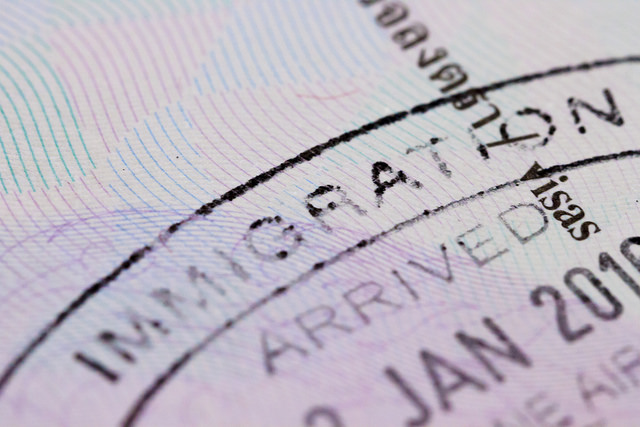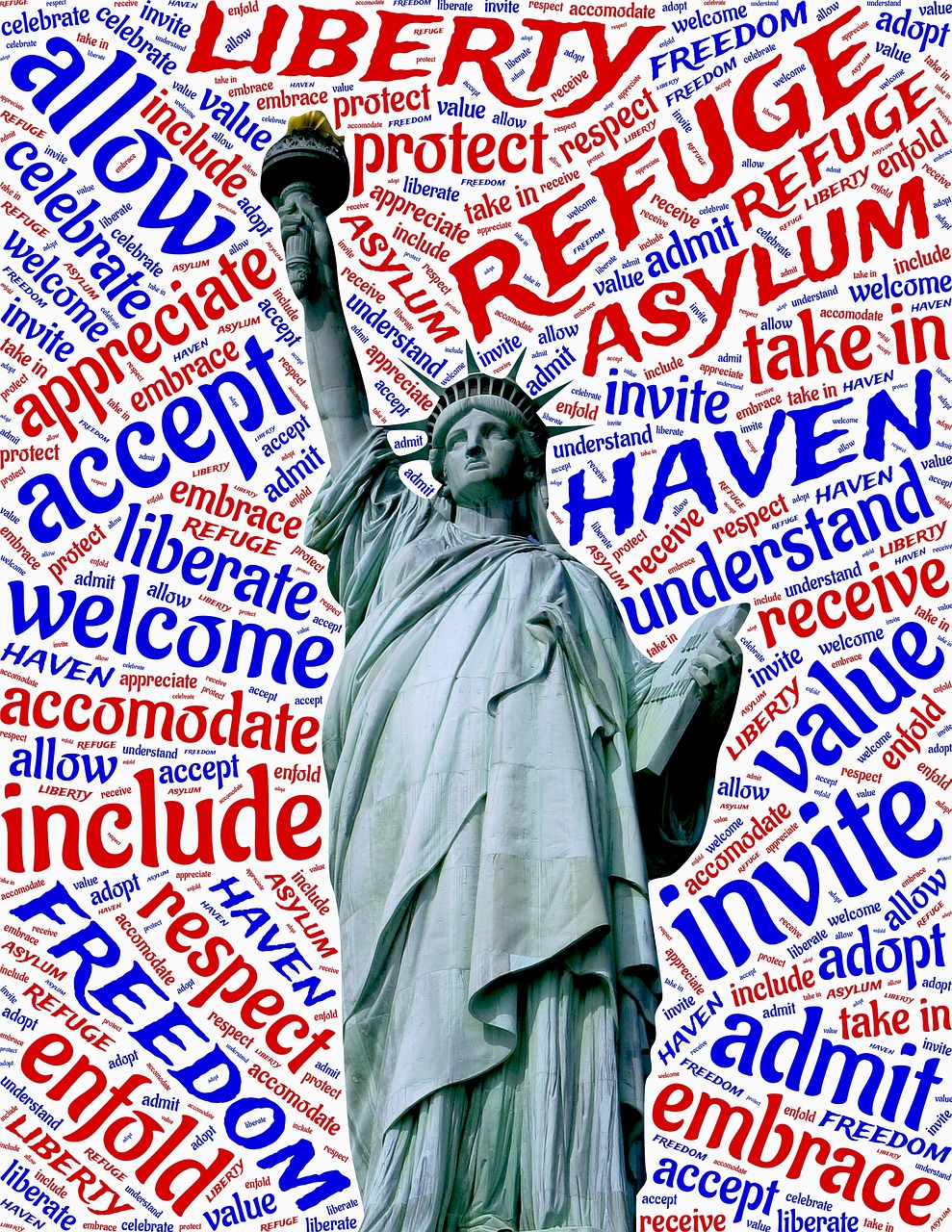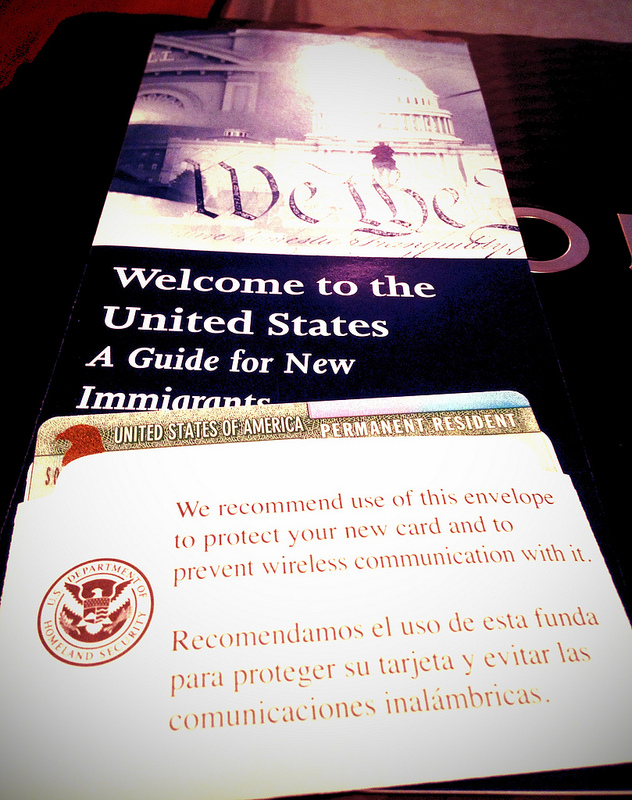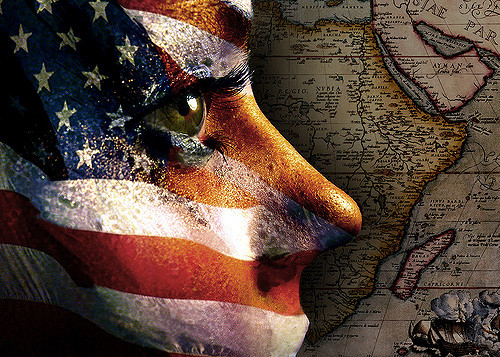
On June 13, 2017, the American Immigration Lawyers Association (AILA) spoke with Charles Oppenheim, the Chief of the Visa Control and Reporting Division for the U.S. Department of State, to discuss current trends trends and future projections for various employment and family preference categories.
Family preference and employment immigrant categories are subject to numerical limitations and are divided by preference systems and priority dates on the Visa Bulletin. Family-sponsored preference categories are limited to a minimum of 226,000 visas per year, while employment-based preference categories are limited to a minimum of 140,000 visas per year. The Visa Bulletin is a useful tool for aliens to determine when a visa will become available to them so that they may apply for permanent residence. Applicants who fall under family preference or employment categories must wait in line until a visa becomes available to them in order to proceed with their immigrant visa applications. Once the immigrant’s priority date becomes current, per the Visa Bulletin, the applicant can proceed with their immigrant visa application.
Current Trends & Future Projections:
Employment-based preference categories:
EB-1 China and India:
The final action date imposed on EB-1 China and EB-1 India (January 1, 2012) during the month of June of 2017, will remain and is expected to remain through the end of this fiscal year.
Per Charles Oppenheim, “Due to the availability (through May) of “otherwise unused numbers” in these categories, EB-1 China has used more than 6,300 numbers and EB-1 India has used more than 12,900 so far this fiscal year.”
EB-2 Worldwide:
Good news! EB-2 Worldwide remains current due to a slight decrease in demand in the second half of May and a steady level of demand in the month of June.
Projection: Oppenheim expects a final action cutoff date to be imposed on this category in August which is expected to be significant, however this category is expected to become current again on October 1, 2017.
Continue reading

 Visa Lawyer Blog
Visa Lawyer Blog










